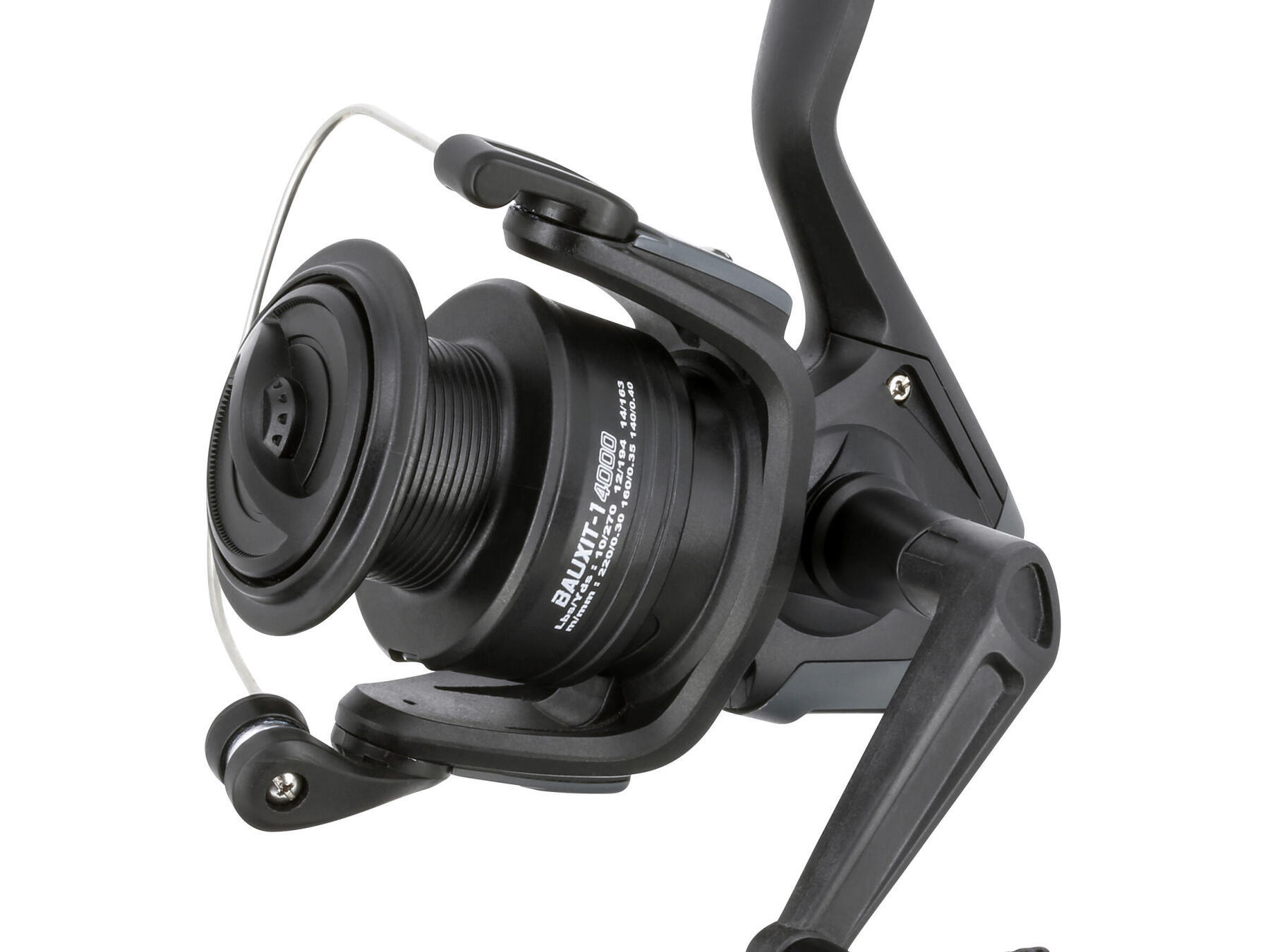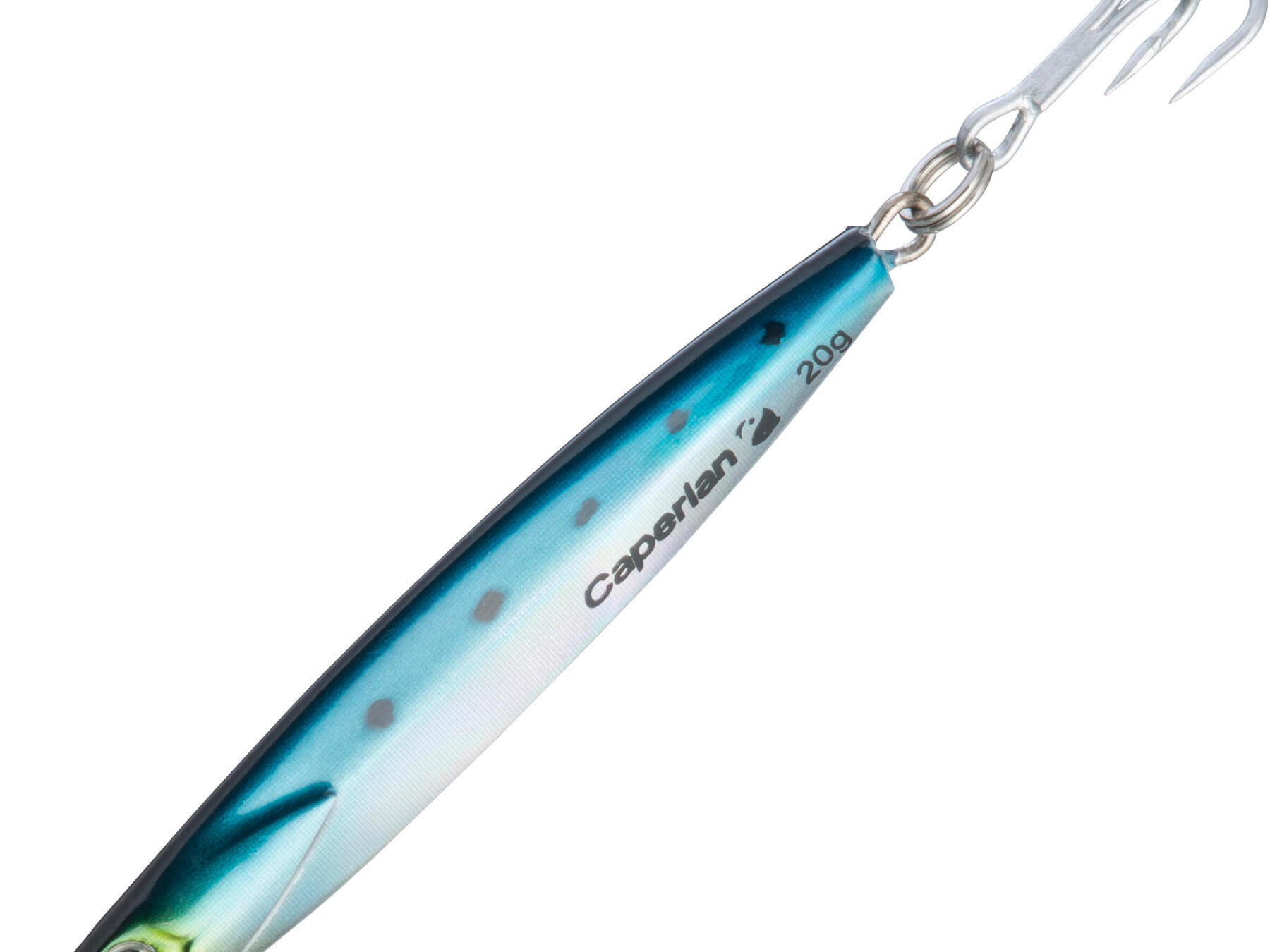Beaches / tidal pools
The beach is undoubtedly the most accessible spot to fish seabass. With this large volume of water, where do we have the best chance of finding them?
The answer is tidal pools. These are currents of water created by tides and which form in basins. Recognise areas where the current stops, and areas where the current differs from the tide. Very often, seabass like to swim around here to feed themselves.


